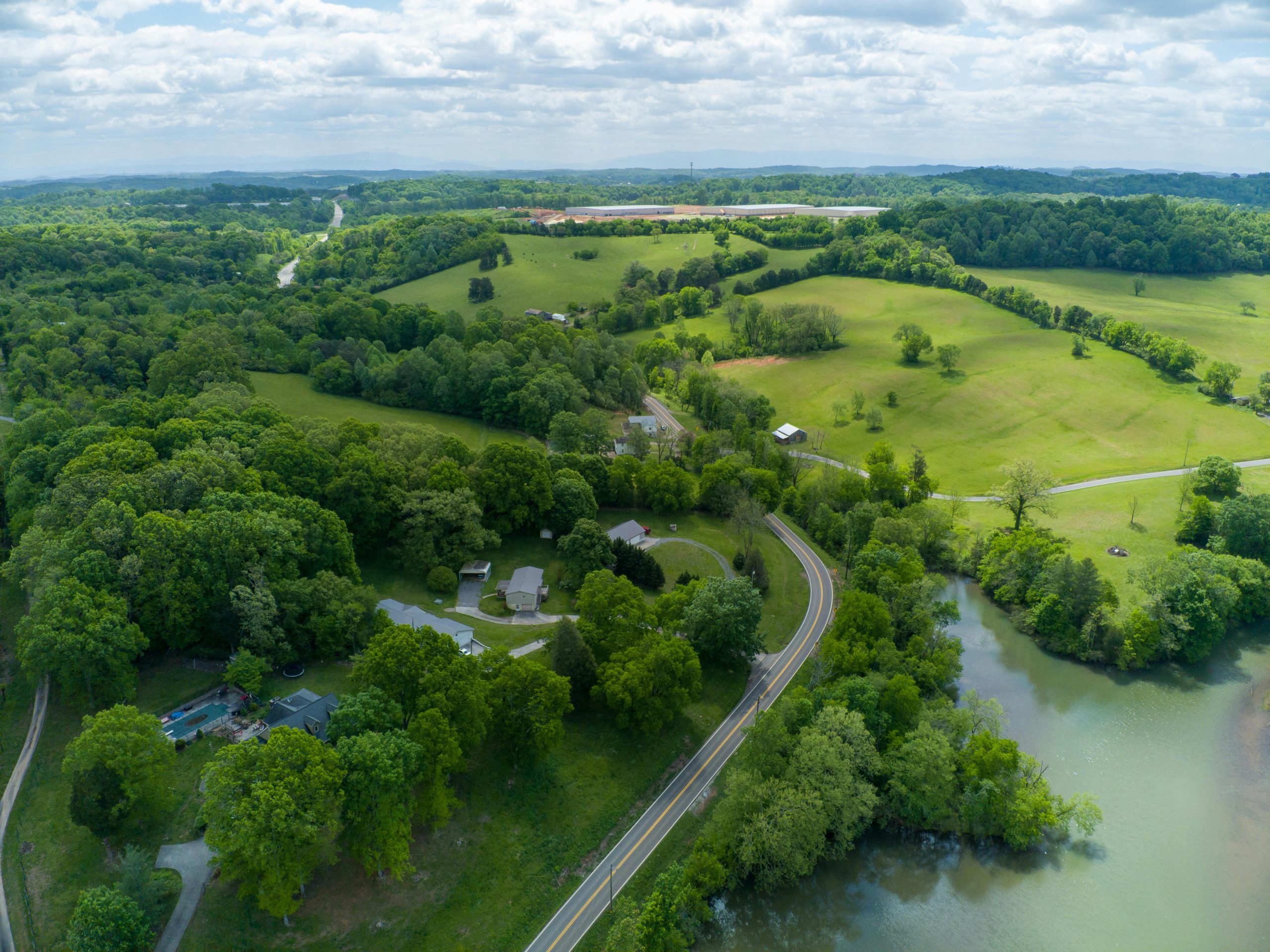Recovering Data from a Non-Responsive Motorola G50: A Guide to Retrieving Precious Memories
Losing access to your device, especially when it contains irreplaceable memories, can be distressing. If your Motorola G50 has suddenly become unresponsive, and you’re concerned about recovering important photos and videos—particularly those of a loved one—I hope this guide can help you navigate potential solutions.
Understanding the Issue
In some cases, smartphones may appear to be dead due to a variety of reasons, such as hardware failure, software corruption, or battery issues. Symptoms like the device charging and then shutting down unexpectedly, refusing to turn on or charge, are common indicators that professional intervention may be necessary.
Step-by-Step Approach to Data Recovery
-
Basic Troubleshooting
-
Check the Charging Equipment: Ensure that the charger and cable are functioning correctly by testing with another compatible device.
- Try a Different Power Source: Sometimes outlets may be faulty; attempt charging from another socket.
-
Perform a Hard Reset: Press and hold the power button (and volume down button, if applicable) for 10-15 seconds to see if the device responds.
-
Connecting to a Computer
-
Use a USB Cable to connect your Motorola G50 to a Windows or Mac computer.
-
If the device is recognized, you may be able to access internal storage and copy files directly.
-
Software Repairs
-
Safe Mode: If the device briefly turns on, boot into safe mode to attempt to backup data.
-
Factory Reset: As a last resort, performing a factory reset will erase all data but might revive the device. However, this is generally not recommended if data recovery is the primary goal.
-
Professional Data Recovery Services
If the device remains unresponsive, your best option may be consulting a professional data recovery specialist. Experts use specialized tools to retrieve data from damaged or non-functional devices. When choosing a service provider:
- Ensure they have experience with Android devices and hardware damage.
- Avoid DIY methods that may further jeopardize data integrity.
-
Ask about success rates and confidentiality policies.
-
Backup Strategies Moving Forward
Once your data is recovered, consider implementing regular backups to avoid similar situations in the future. Cloud storage options, such as Google Photos and Google Drive, can be automated to safeguard your precious memories.
Final Thoughts
The emotional value of photos and videos of loved ones cannot be underestimated. While hardware failures can be challenging, professional assistance often provides the best chance to recover critical data. Remember
Share this content:

